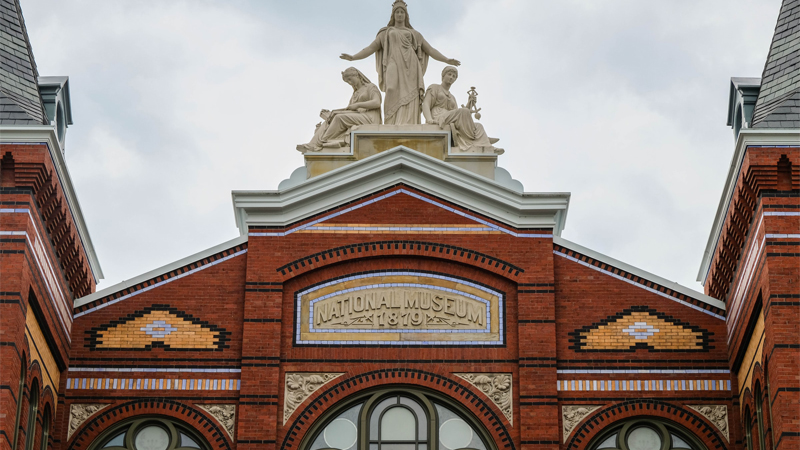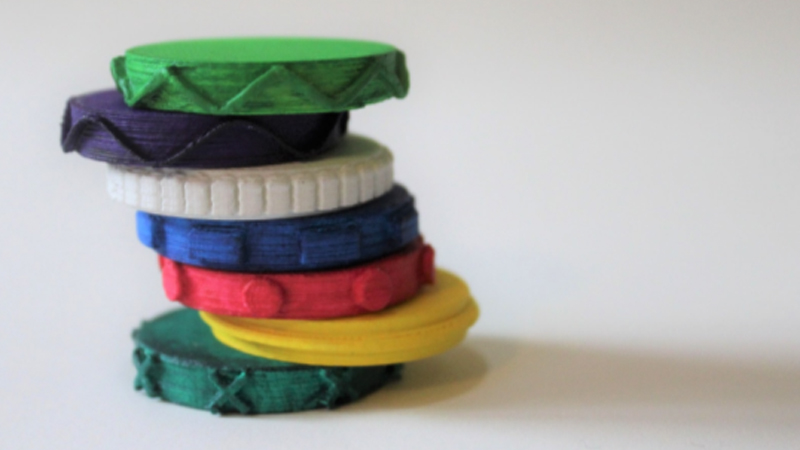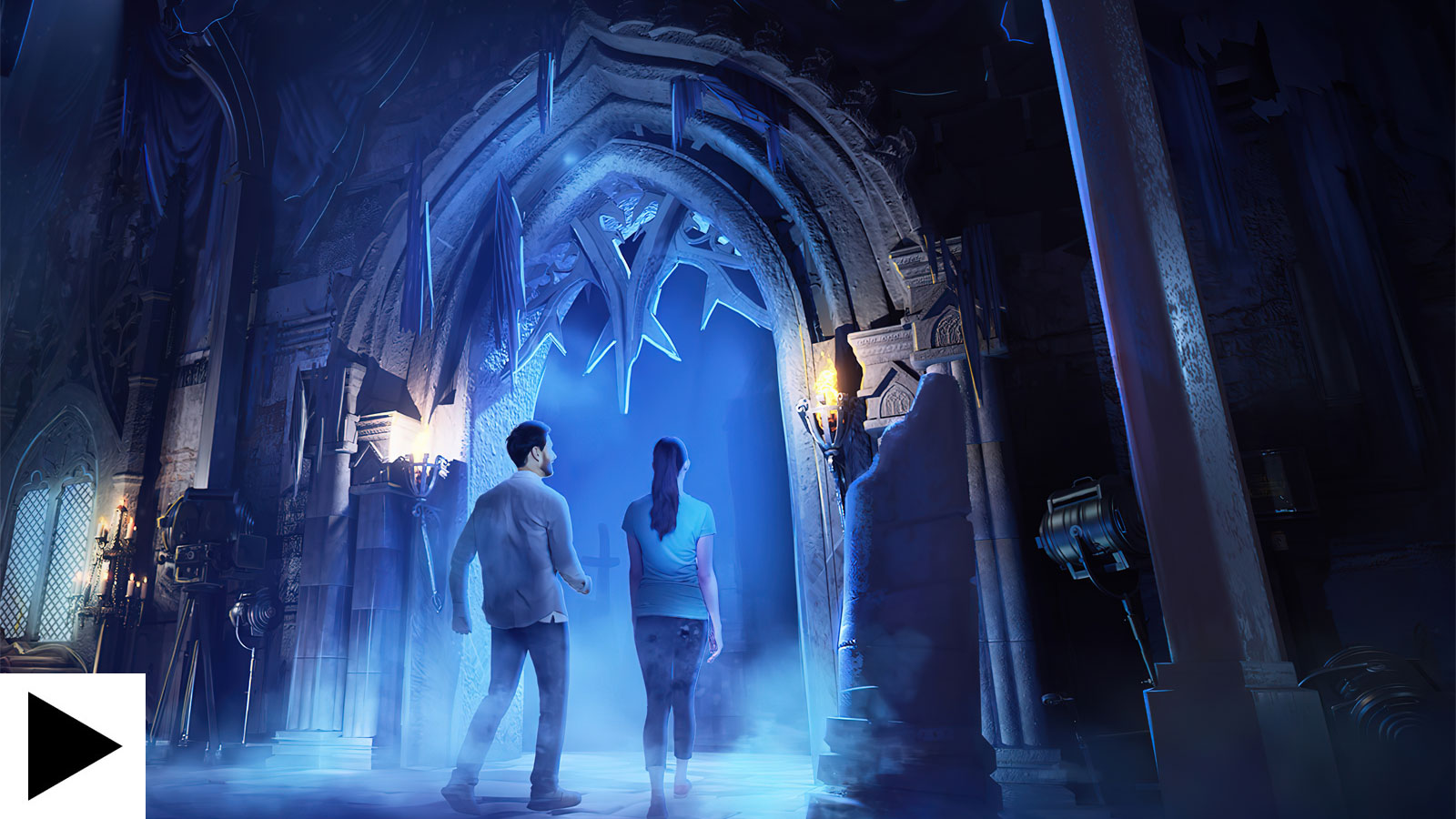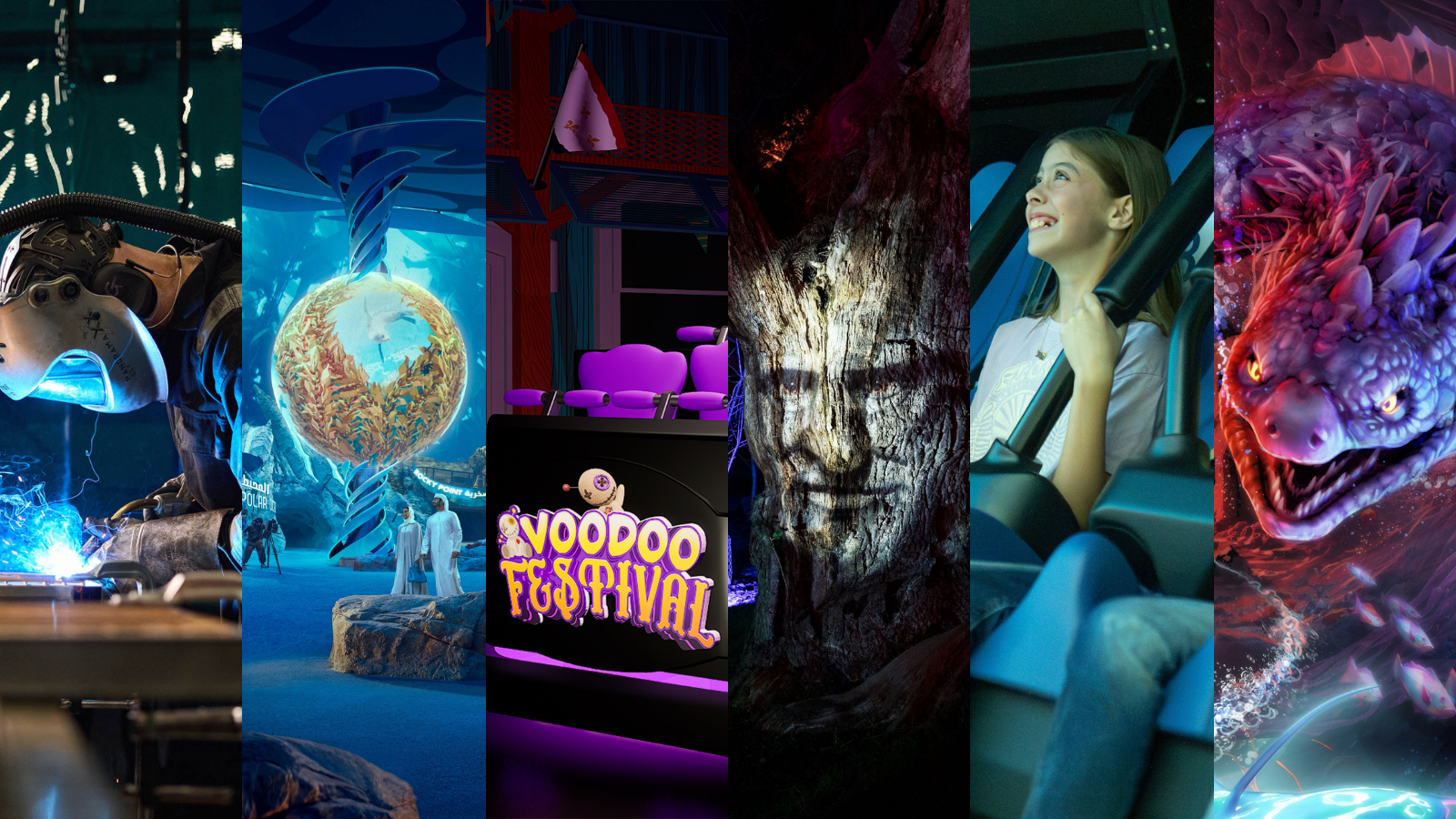|
Students on the SEAS programme were tasked with developing two interactive museum exhibits with an emphasis on accessibility

Lauren Heath-Jones | Planet Attractions | 17 Feb 2021

 The exhibits were created to tackle accessibility issues in museums Credit: Sara Cottle on Unsplash The exhibits were created to tackle accessibility issues in museums Credit: Sara Cottle on Unsplash
Six students from Yale University have developed two accessible museum exhibits in partnership with The Smithsonian Institute.
The students were part of the SEAS 2020 Summer Design/Research Scholars Program, an online scheme developed to provide academic opportunities such as internships during the COVID-19 pandemic.
The students, led by research scientist Katherine Schilling, were tasked with creating two interactive exhibits - an audiovisual music experience and an interactive exhibit on human migration. Both exhibits were created with an emphasis on accessibility.
World on the move
Titled World on the Move: 250,000 Years of Human Migration, the interactive exhibition features a token-based system, with different coloured tokens representing different locations and motives for migration.
Visitors select the tokens that represent where their families originated and why they migrated and drop them into transparent plastic tubes. As the tokens accumulate inside the tubes they create an effect similar to a bar chart and provide visitors with a visual representation of visitors’ family migration.
To make the visual experience accessible to those with blindness or low vision the tokens were designed with different textures, so visually-impaired guests can tell the difference, while sensors were installed to sort the tokens by colour. Audio buttons to help visitors navigate the exhibit were also installed.
Handheld heartbeat
The second experience focuses on the emotional experience of music, and how this can be conveyed to those with hearing impairments.
The work was inspired by Oskar Fischinger, a filmmaker known for his abstract musical animations. It featured a Kinect motion sensor that would create musical and visual pieces when visitors stood in front of it, as well as a touchpad that simulates heartbeats of different tempos with each one linked to a different emotion.
“What’s exciting to me about this project is that it’s about six incredibly talented undergraduates who marshalled their design and engineering talents to tackle some of the trickiest challenges facing museums today,” said the Smithsonian’s undersecretary of Science, Roger Brissenden.
“Accessibility is an incredibly important priority for the Smithsonian right now, especially as we move into a post-COVID, new normal.”
Susan Ades, director of Smithsonian exhibits, added: “The energy, creativity, problem-solving, smarts and passion that [these students] brought to these two challenges was really inspiring.”

For the ‘World on the Move’ exhibit students created different coloured tokens representing global migration patterns - Credit: Veronica Chen
Museums and galleries
|
|






Supplier Showcase 2025: The biggest attractions projects landing worldwide this year
|